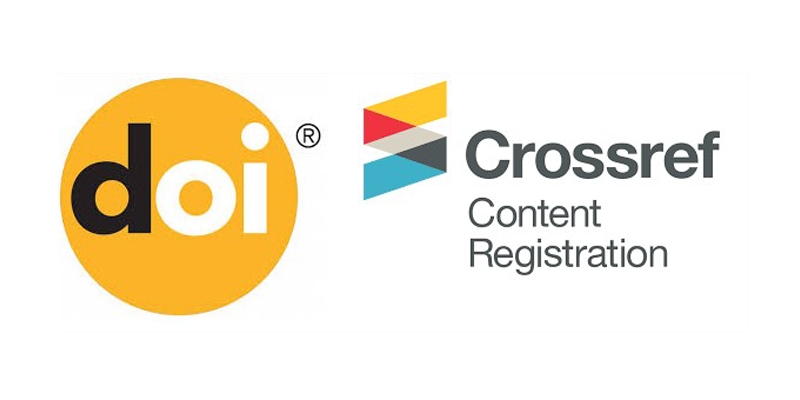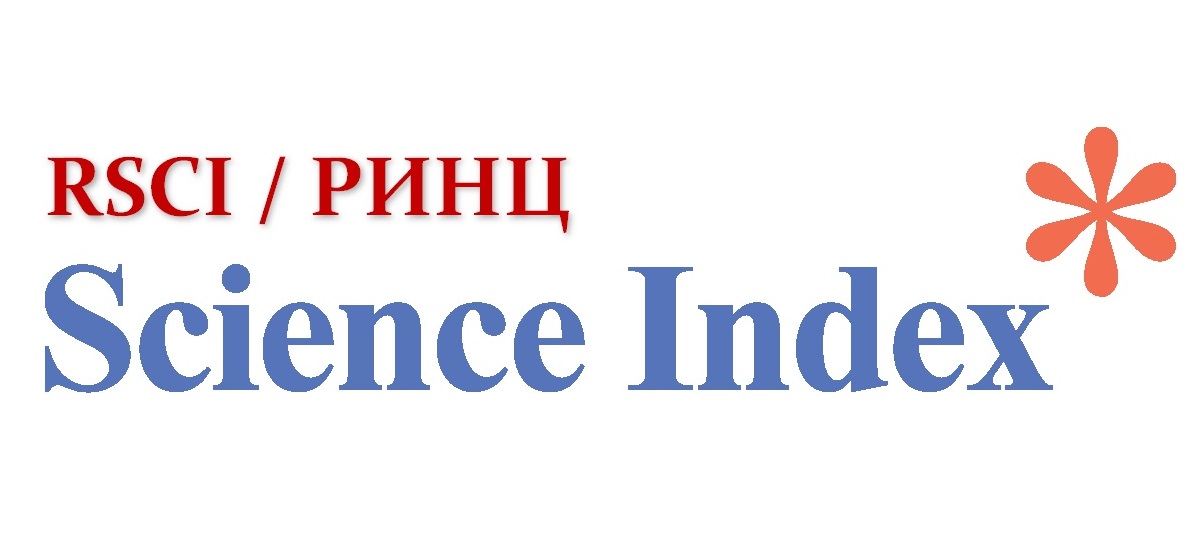A novel non-paralytic botulinum neurotoxin type A for chronic pain management in animal models
Views: 271 / PDF downloads: 180
DOI:
https://doi.org/10.32523/2616-7034-2025-150-1-70-82Keywords:
non-paralytic botulinum neurotoxin, el-iBoNT, chronic pain, chronic migraine, painful diabetic peripheral neuropathy, mechanical sensitivity, temperature sensitivity, rat grimace scaleAbstract
Botulinum neurotoxin is one of the most potent biological toxins known, capable of causing severe paralysis by blocking neurotransmitter release. The use of botulinum neurotoxin (BoNT) has grown beyond its traditional application for muscle overactivity disorders, now being explored for the treatment of various chronic pain conditions such as chronic migraine (CM) and painful diabetic peripheral neuropathy (PDPN). This article aimed to assess the therapeutic potential of a newly engineered botulinum neurotoxin molecule, el-iBoNT, in animal models of CM and PDPN pain. Utilizing the innovative SpyCatcher–SpyTag protein conjugation method, we successfully produced functional botulinum neurotoxin molecules with significantly reduced paralytic effects compared to the native toxin. In both CM and PDPN models, a single administration of el-iBoNT resulted in substantial pain relief, alleviating both mechanical and thermal hypersensitivity. The findings demonstrate that el-iBoNT holds promise as an effective therapeutic agent for managing chronic pain in these conditions. Additionally, the reduced paralytic activity of el-iBoNT suggests a safer profile compared to traditional BoNT therapies. Overall, this research supports the potential of el-iBoNT as a novel treatment option for chronic pain, offering a promising alternative to existing pain management strategies, particularly those that rely on opioids, which often carry the risk of dependency and severe side effects.







